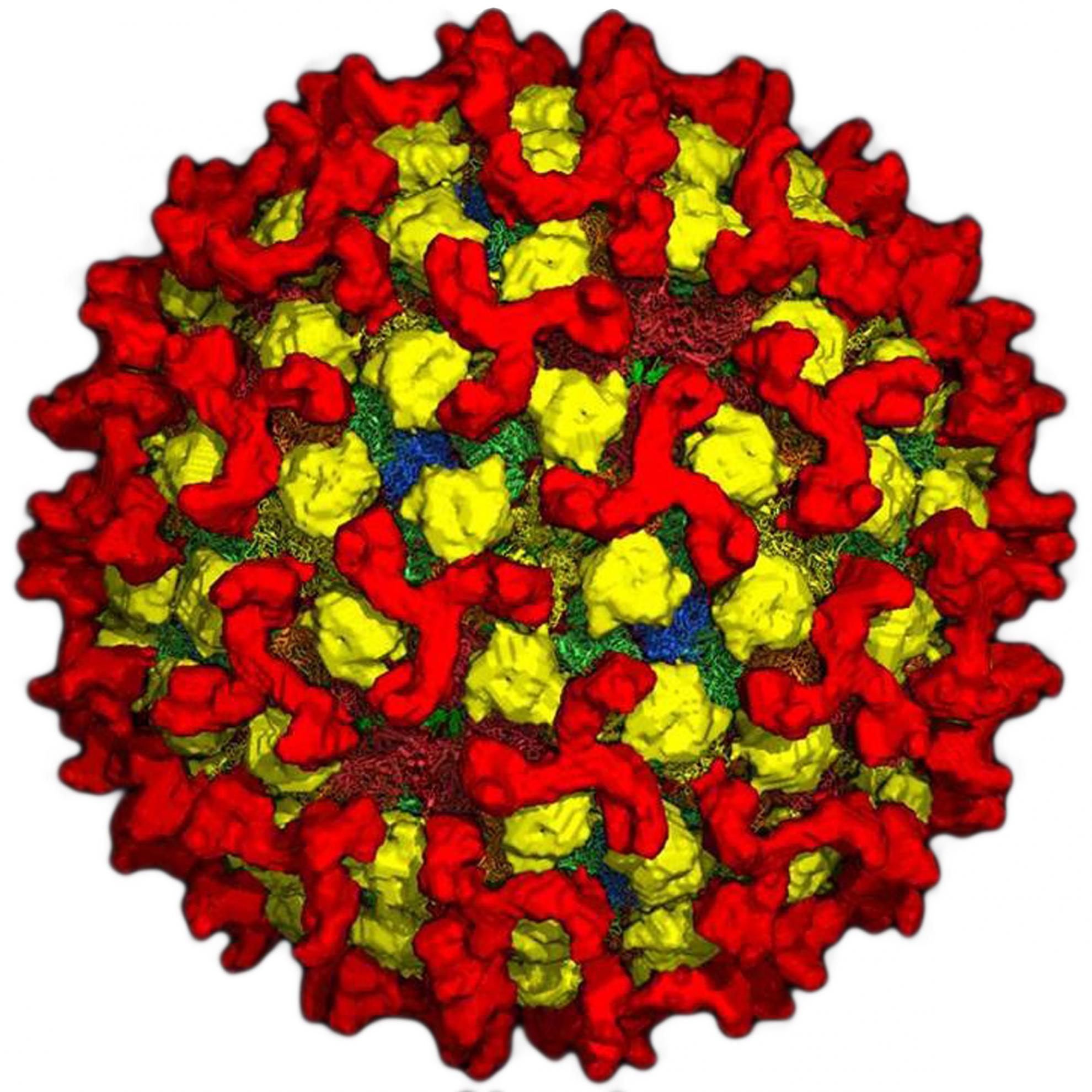Experimental infection of sheep, goats and cattle with a bluetongue virus serotype 4 field strain from Bulgaria, 2014
In 2014, a new bluetongue virus serotype 4 (BTV-4) strain was detected in southern Greece and spread rapidly throughout the Balkan Peninsula and adjacent countries. Within half a year, more than 7,068 outbreaks were reported in ruminants, particularly in sheep. However, the reported morbidity and case fatality rates in ruminants varied. The pathogenesis of a Bulgarian BTV-4 strain isolated from sheep during the BTV-4 epizootic was studied in different species. Therefore, four sheep, three goats and three cattle were experimentally infected with the isolate BTV-4/BUL2014/15 and monitored for clinical signs up to several weeks. Serum and whole-blood samples were collected at regular intervals and subjected to serological and virological analyses. In this context, BTV-4-specific real-time RT-PCR assays were developed. The infection kinetics were similar to those known for other traditional BTV serotypes, and only mild BT-like clinical signs were observed in goats and sheep. In cattle, no obvious clinical signs were observed, except a transient increase in body temperature. The study results contrast with the severe clinical signs reported in sheep experimentally infected with an African BTV-4 strain and with the reports of BT-like clinical signs in a considerable proportion of different ruminant species infected with BTV-4 in the Balkan region and Italy. The discrepancies between the results of these animal trials and observations of BTV-4 infection in the field may be explained by the influence of various factors on the manifestation of BT disease, such as animal breed, fitness and virus strain, as described previously.

